News
-

Why Choose Sodium Dichloroisocyanurate for Water Purification
Sodium Dichloroisocyanurate (NaDCC) is commonly used in water purification. It serves as an effective disinfectant and is widely utilized for its ability to release chlorine, which kills bacteria, viruses, and other pathogens in water. NaDCC is favored for several reasons: 1. Effective Chlorine S...Read more -

How do you maintain a pool for beginners?
The two key issues in pool maintenance are pool disinfection and filtration. We will introduce them one by one below. About disinfection: For beginners, chlorine is the best option for disinfection. Chlorine disinfection is relatively simple. Most pool owners employed chlorine to disinfect their ...Read more -
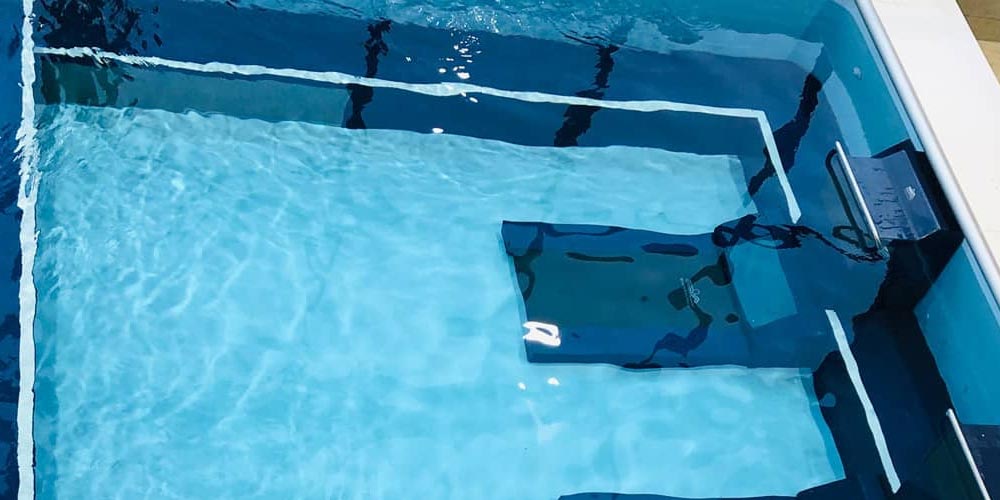
Is trichloroisocyanuric acid the same as Cyanuric Acid?
Trichloroisocyanuric acid, commonly known as TCCA, is often mistaken for cyanuric acid due to their similar chemical structures and applications in pool chemistry. However, they are not the same compound, and understanding the differences between the two is crucial for proper pool maintenance. Tr...Read more -
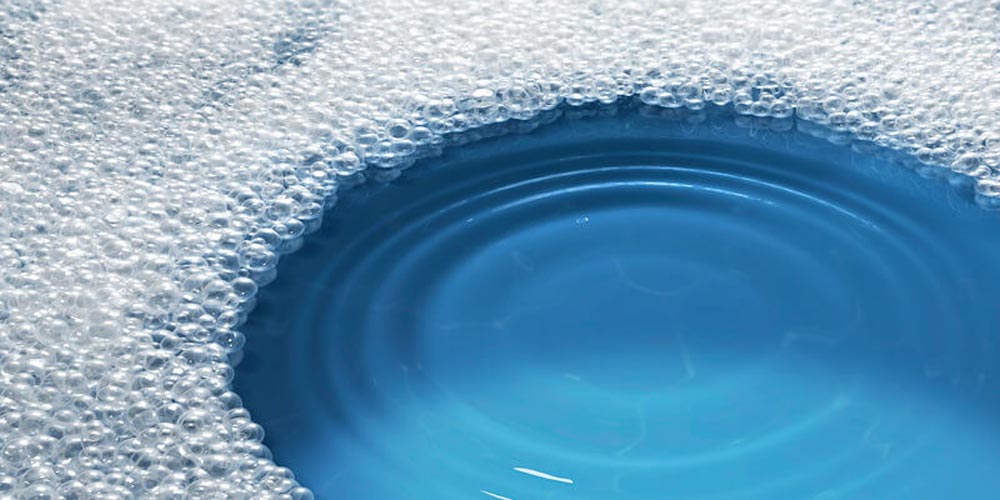
How to choose Defoaming Agent?
Bubbles or foam occur when gas is introduced and trapped in a solution along with surfactant. These bubbles may be large bubbles or bubbles on the surface of the solution, or they may be small bubbles distributed in the solution. These foams may cause trouble to products and equipment (such as Ra...Read more -
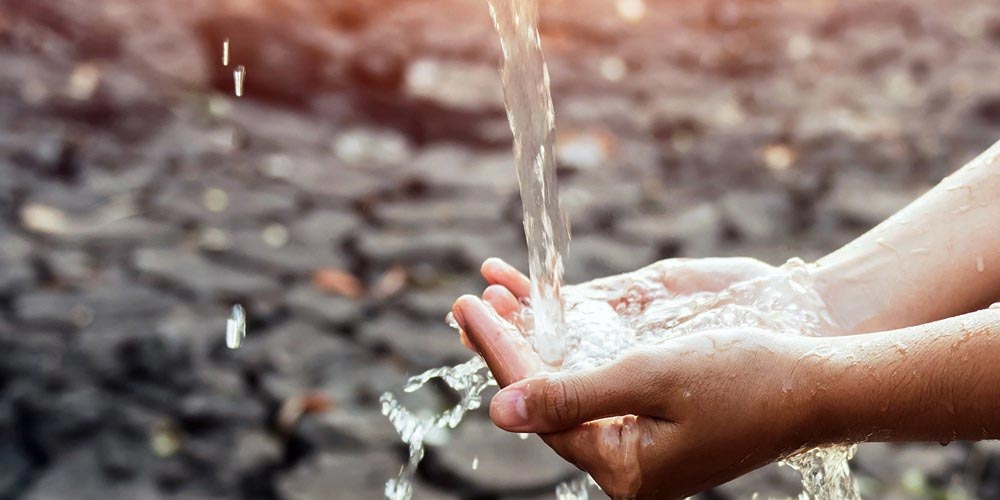
Applications of Polyacrylamide (PAM) in Drinking Water Treatment
In the realm of water treatment, the quest for clean and safe drinking water is paramount. Among the many tools available for this task, polyacrylamide (PAM), also known as a coagulant, stands out as a versatile and effective agent. Its application in the treatment process ensures the removal of ...Read more -
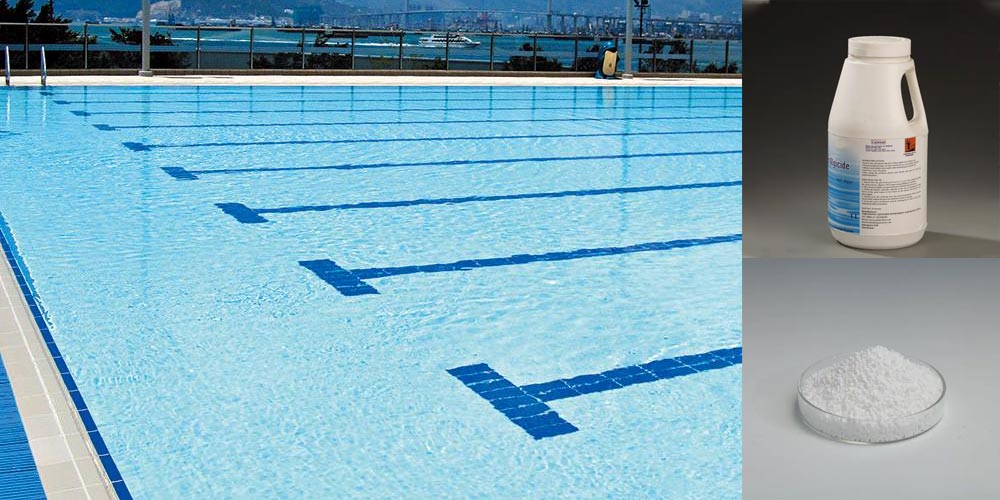
Is Algicide the same as Chlorine?
When it comes to swimming pool water treatment, keeping the water pure is crucial. To achieve this goal, we often use two agents: Algicide and Chlorine. Although they play similar roles in water treatment, there are actually many differences between the two. This article will dive into the simila...Read more -
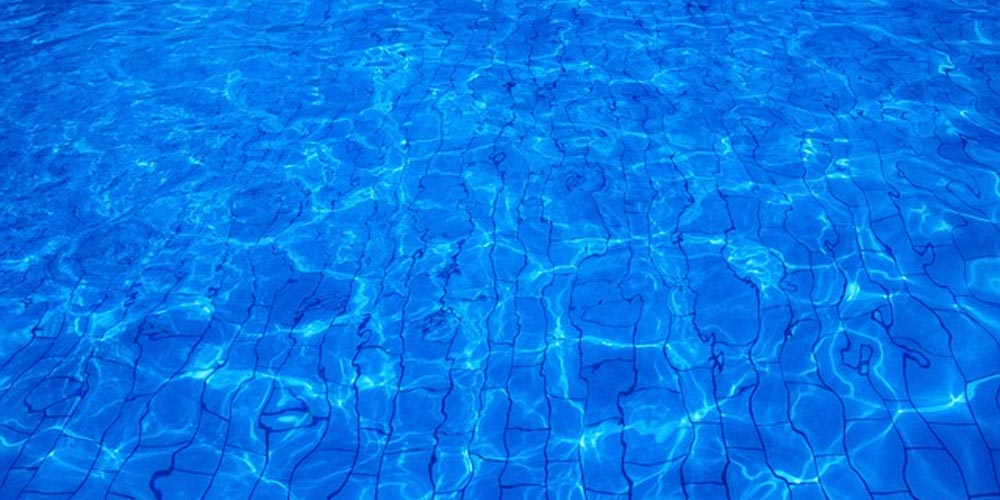
What is cyanuric acid used for?
Managing a pool entails numerous challenges, and one of the primary concerns for pool owners, alongside cost considerations, revolves around maintaining proper chemical balance. Achieving and sustaining this balance is no easy feat, but with regular testing and a comprehensive understanding of ea...Read more -

What is the role of Polyaluminum Chloride in aquaculture?
The aquatic industry has relatively high requirements for water quality, so various organic matter and pollutants in the aquaculture water need to be treated in a timely manner. The most common treatment method currently is to purify water quality through Flocculants. In the sewage produced by th...Read more -

Algicides: Guardians of water quality
Have you ever been by your pool and noticed that the water has turned cloudy, with a tinge of green? Or do you feel the pool walls are slippery while swimming? These problems are all related to the growth of algae. In order to maintain the clarity and health of water quality, Algicides (or algaec...Read more -

A comprehensive guide to removing algae from your swimming pool
Algae in swimming pools is caused by Inadequate disinfection and dirty water. These algae may include green algae, cyanobacteria, diatoms, etc., which will form a green film on the water surface or dots on sides and bottoms of swimming pools, which not only affects the appearance of the pool, but...Read more -

Is PolyDADMAC toxic: Unveil its mystery ?
PolyDADMAC, a seemingly complex and mysterious chemical name, is actually an integral part of our daily lives. As a representative of polymer chemicals, PolyDADMAC is widely used in many fields. However, do you really understand its chemical properties, product form, and toxicity? Next, this arti...Read more -
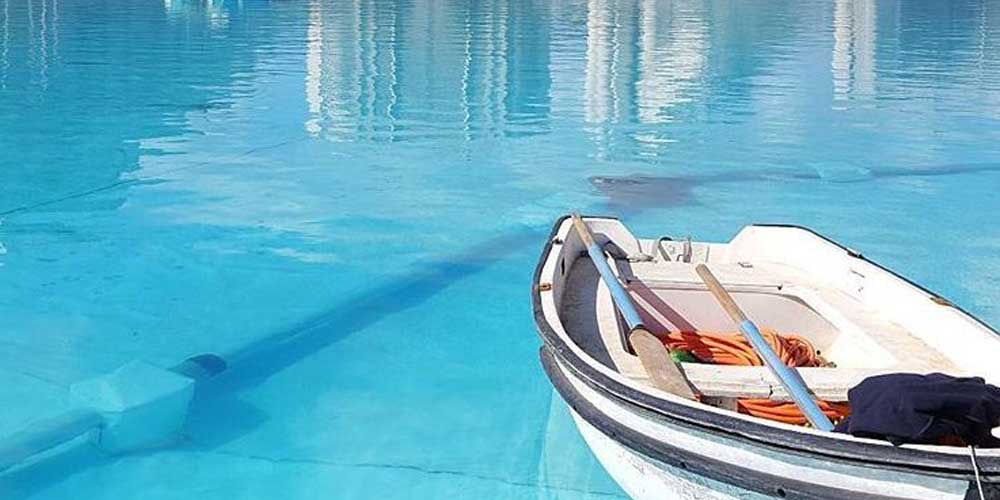
Why does one put chlorine in swimming pools for cleaning purposes?
Swimming pools are a common feature in many residential complexes, hotels and recreational facilities. They provide spaces for leisure, exercise and relaxation. However, without proper maintenance, swimming pools can become a breeding ground for harmful bacteria, algae, and other contaminants. Th...Read more
